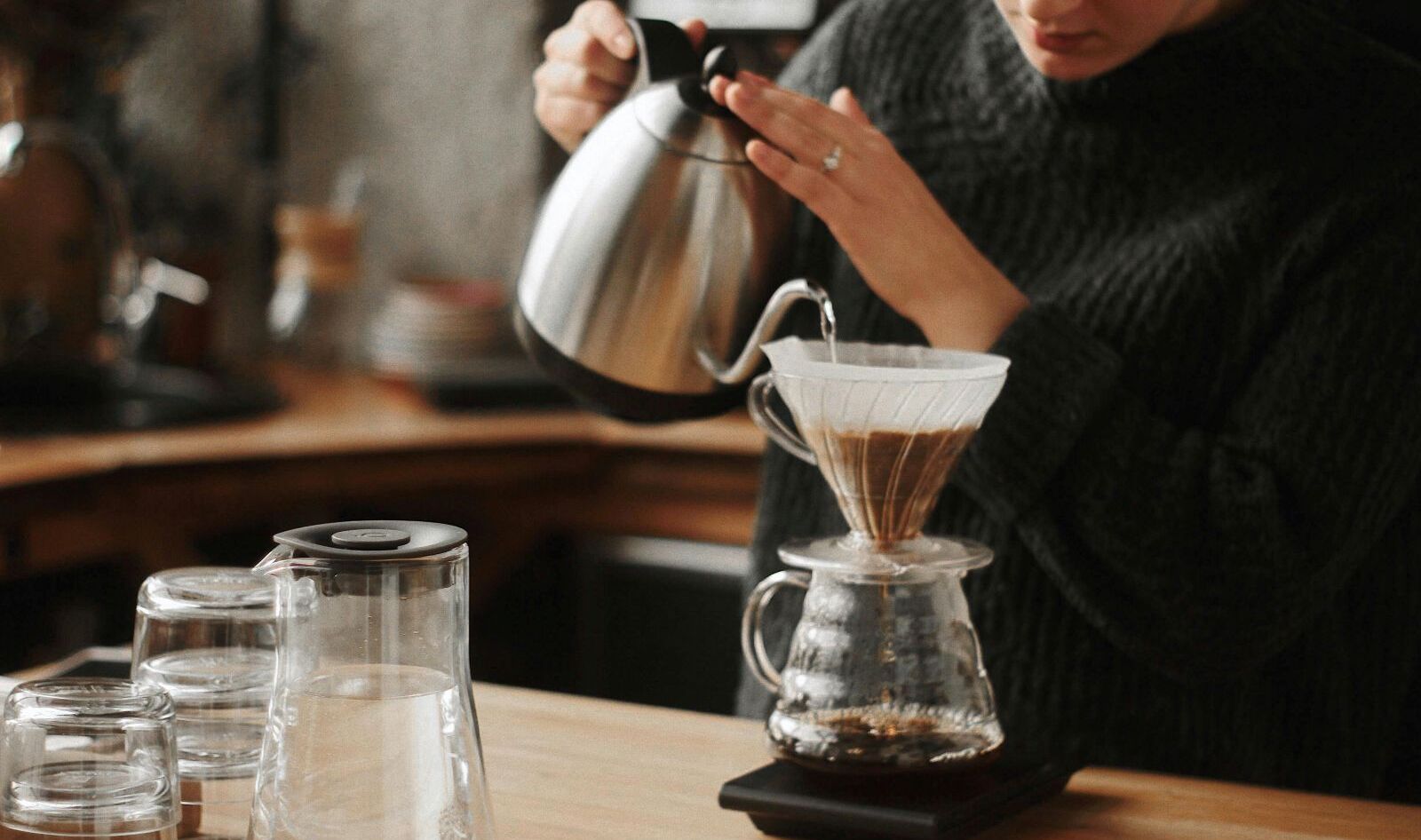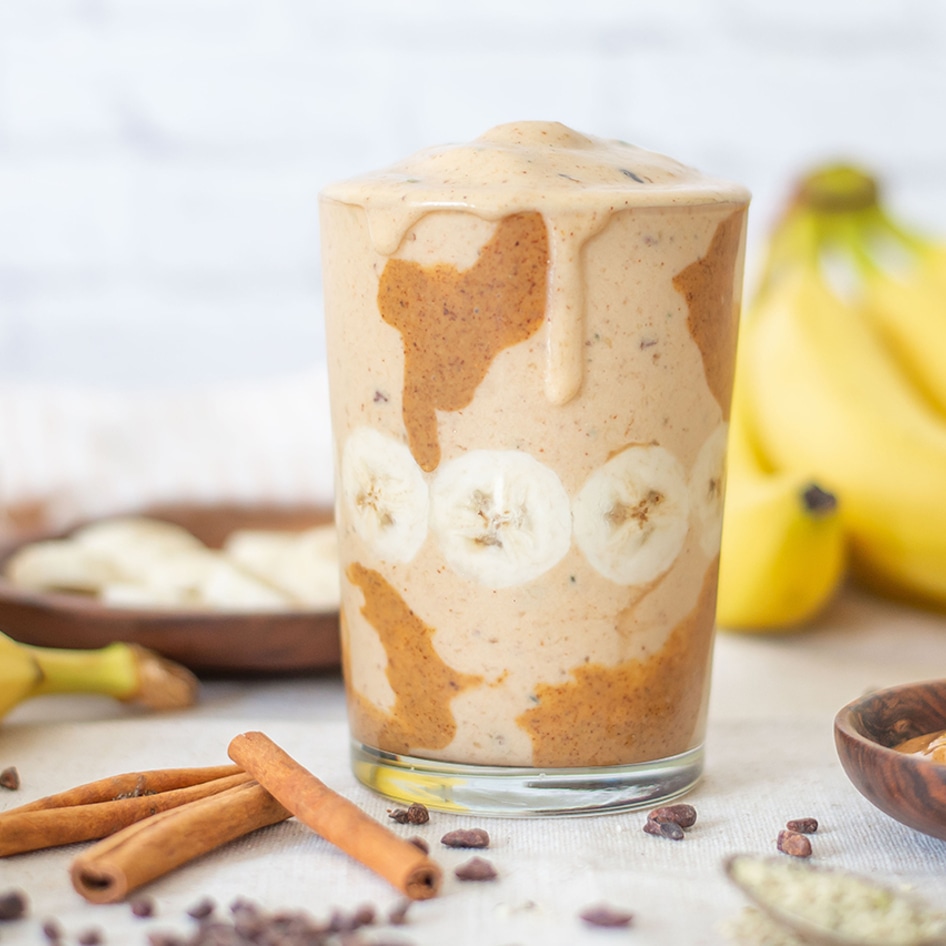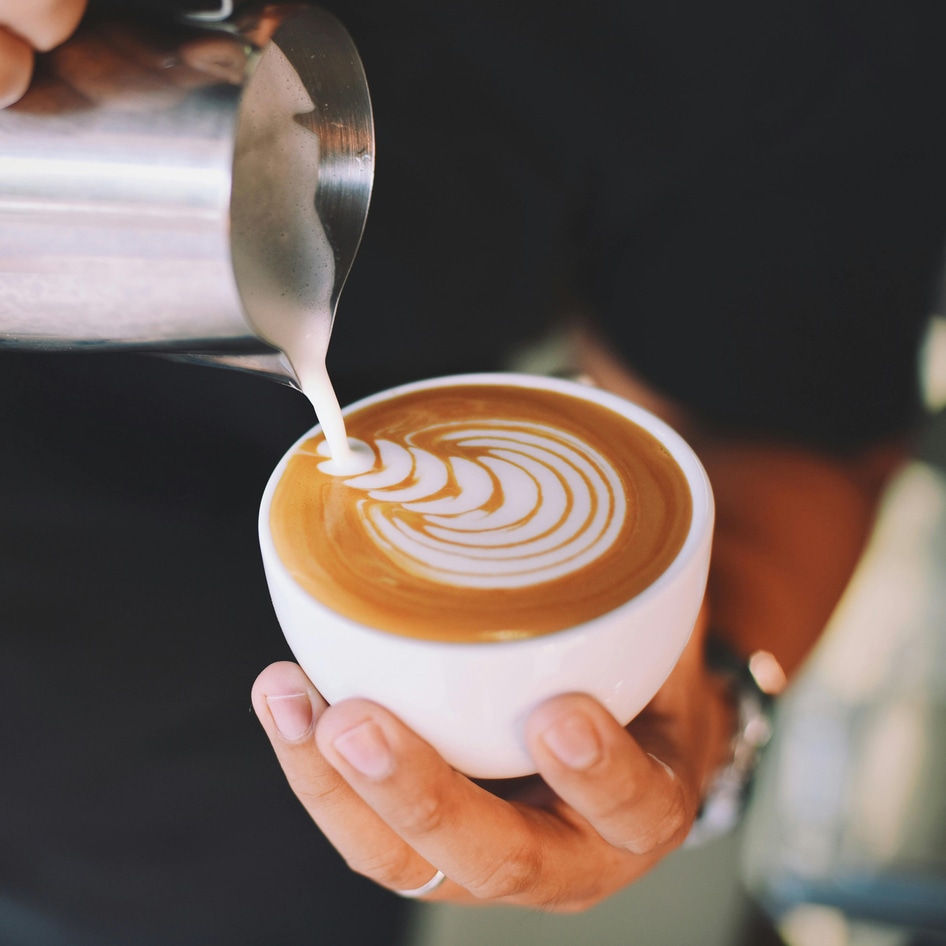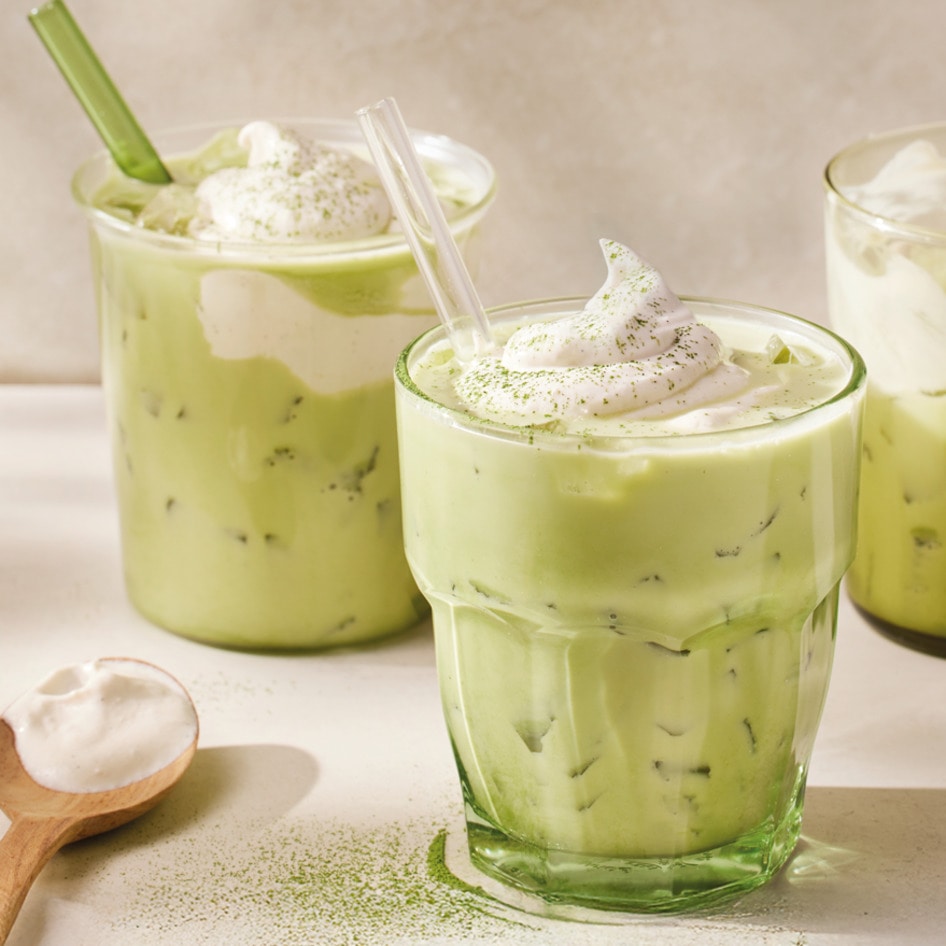A new study from the University of Pennsylvania has revealed the optimal brewing method for the perfect morning coffee. The researchers’ findings were recently published in the scientific journal Physics of Fluids.
By examining the dynamics of pour-over brewing, the researchers have identified a simple yet effective adjustment to enhance the flavor and strength of your cup of joe. Their findings suggest that the key to a richer, more satisfying brew lies in the height from which water is poured, along with the consistency of the water jet. This breakthrough could change the way coffee enthusiasts approach their daily routine, making each cup not only stronger but also more flavorful with less waste.
What is pour-over coffee?
A pour-over is a manual brewing method where hot water is poured over coffee grounds by hand, allowing the water to pass through the grounds before dripping into a server, all without the aid of a machine. There are various devices designed for pour-over brewing, each offering a unique approach.
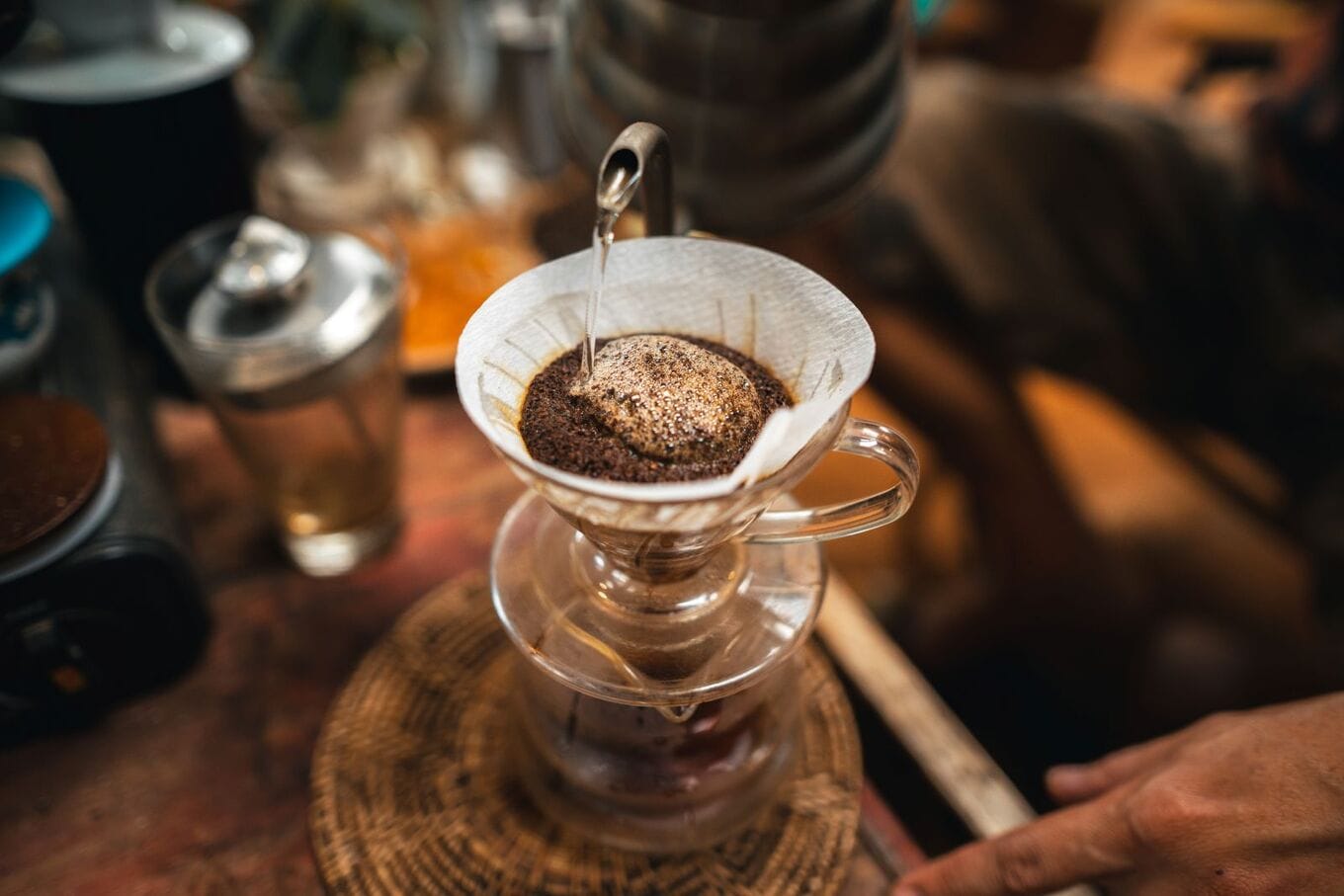 Adobe
Adobe
While brewing coffee by hand requires more effort, it comes with several advantages. Pour-over brewing gives you complete control over key factors like water temperature, pouring speed, and brew time, allowing you to fine-tune the process for a more personalized cup. Additionally, it lets you brew just the right amount of coffee, ensuring freshness and reducing waste.
The best way to brew coffee
The research team, led by Ernest Park, focused on how to best use coffee grounds in pour-over brewing. Their key recommendation: increase the height from which water is poured, as long as it doesn’t disrupt the flow or cause the water jet to break up. This technique, they discovered, creates a more efficient interaction between the water and coffee grounds, leading to a richer flavor with fewer beans required.
“The key is to maintain a laminar flow, where the jet stays intact and doesn’t break up when it impacts the coffee grounds,” Park explained. “By pouring from a greater height, we can create a stronger and more focused water jet, which improves the mixing between the water and the coffee.”
 Pexels
Pexels
According to the team, the thick, steady water jets produced by standard gooseneck kettles are particularly effective at achieving this goal. These jets create an “avalanche” effect in the coffee grounds, helping to recirculate displaced grounds and allowing the water to penetrate deeper into the coffee bed. This results in a more thorough extraction, enhancing both strength and flavor. In contrast, thinner water jets break into droplets, failing to mix the coffee grounds effectively and diminishing the sensory experience of the brew.
Co-author Margot Young cautioned that a thin jet, which breaks up into droplets, can negatively impact the brewing process. “You want to avoid that in pour-overs because it means the jet isn’t mixing the coffee grounds properly,” she said.
BECOME A VEGNEWS VIP: Get exclusive product deals, freebies, and perks galore!
To better understand these dynamics, the researchers supplemented their study by using laser-illuminated transparent particles in a glass funnel to visualize the mixing process. This innovative approach helped them observe how the water jet interacts with the grounds, further clarifying the relationship between physics and the brewing process.
How to make pour-over coffee
The researchers encourage coffee enthusiasts to apply their findings at home. Next time you brew a cup, consider experimenting with your pour height to maximize the flavor and strength of your coffee—because, as the researchers suggest, there may be more science in your kitchen than you realize.
“We can learn a lot from both the chemistry and physics involved in the kitchen,” said Arnold Mathijssen, another author of the study. “It’s where unexpected new science often emerges.”
To make pour-over coffee, start by gathering the necessary equipment: a pour-over cone (such as a Chemex or a V60), a paper filter, freshly ground coffee beans, a kettle (preferably a gooseneck kettle for better control), and hot water.
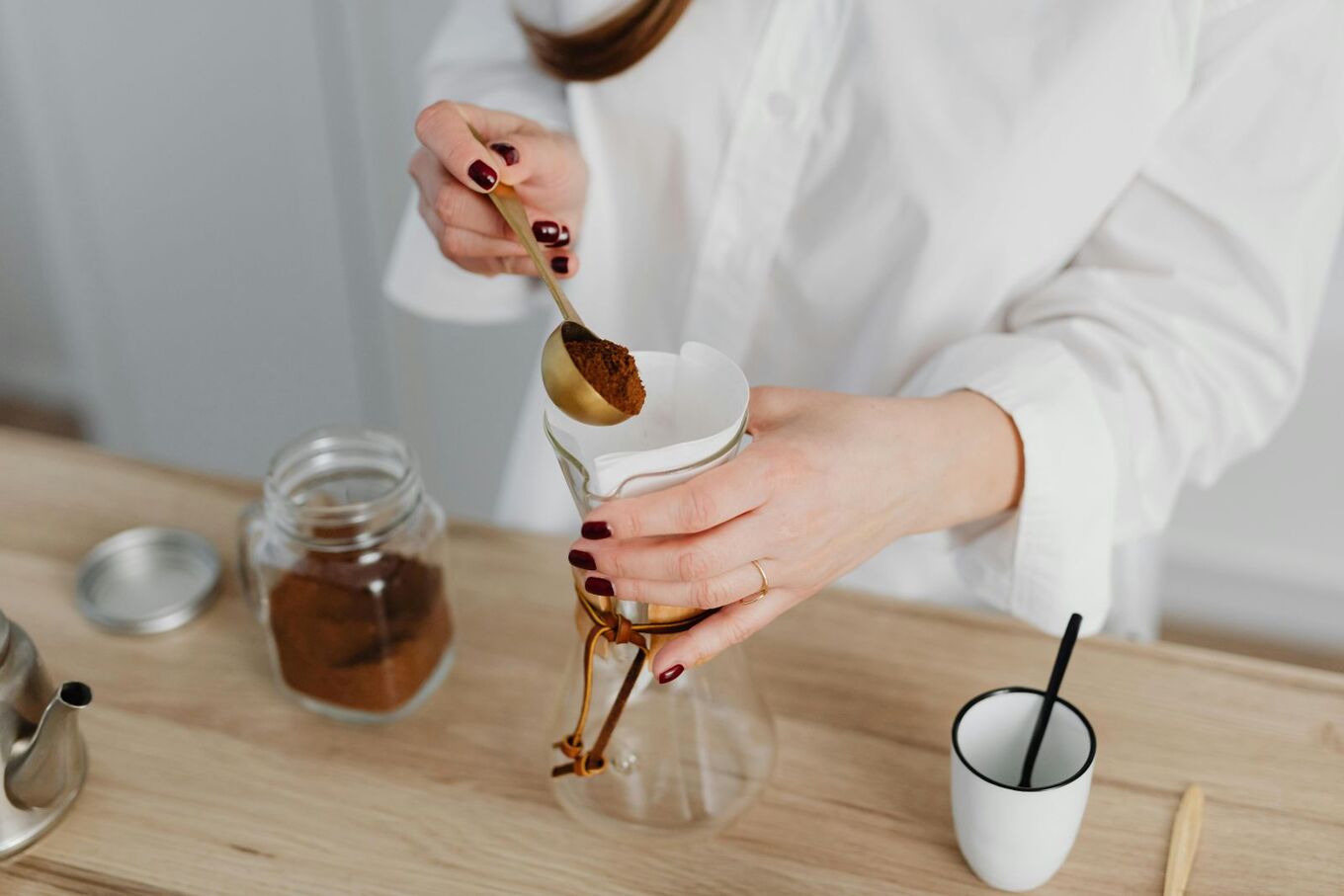 Kaboompics.com | Pexels
Kaboompics.com | Pexels
Begin by boiling water and letting it cool slightly to around 200 degrees Fahrenheit. Place the filter into the pour-over cone and rinse it with hot water to eliminate any paper taste and pre-warm the brewing vessel. Add your freshly ground coffee to the filter, typically around one to two tablespoons of coffee per six ounces of water, depending on your preferred strength.
Next, it’s time to pour. Begin with a small “bloom” pour—just enough hot water to saturate the coffee grounds. Let it sit for 30 seconds, allowing the coffee to release carbon dioxide and bloom. After blooming, slowly pour the remaining hot water in a circular motion, starting from the center and spiraling outwards, making sure to keep the water level even. Pour steadily and at a controlled pace to maintain a consistent extraction.
Once the water has fully passed through the grounds, your fresh pour-over coffee is ready to enjoy. Add plant-based milk or dairy-free creamer at this point, if you’d like.
For more plant-based stories like this, read:
JUMP TO ... Latest News | Recipes | Guides | Health | Subscribe

